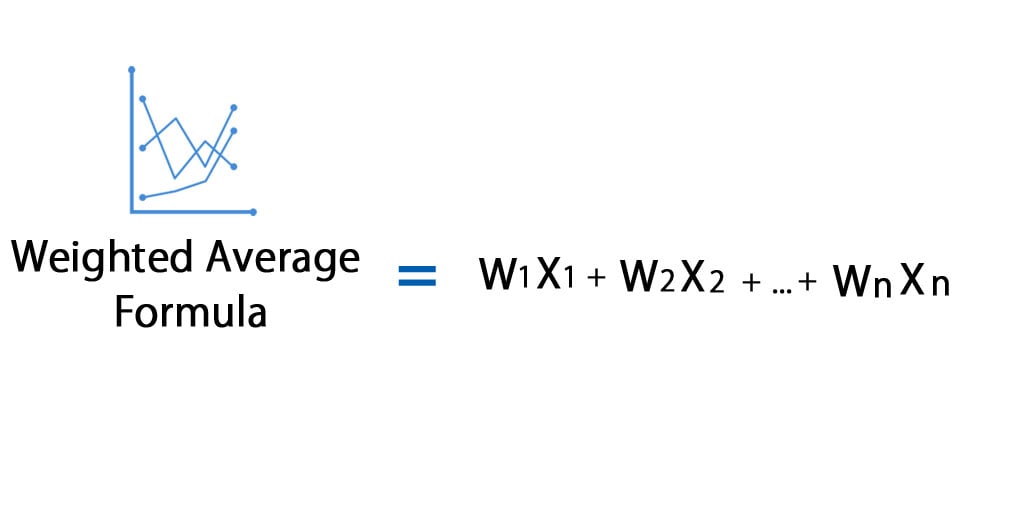
What cumsum() does is that returns a vector whose elements are the cumulative sums of the elements of the arguments. However, in some cases, the function cumsum() may come in handy. We could sum individual probabilities in order to get a cumulative probability of a given value. Let’s go back to our probability density function of the first exercise:Īll the probabilities in the table are included in the dataframe probability_distribution which contains the variables outcome and probs. In this exercise we will jump into cumulative probability distributions. In the last two exercises, we saw the probability distributions of a discrete and a continuous variable.


Logical if TRUE (default), probabilities are (P) otherwise, (P). Logical if TRUE, probabilities p are given as log(p). If length(n) > 1, the length is taken to be the number required. Qnorm(p, mean = 0, sd = 1, lower.tail = TRUE, log.p = FALSE) But these extreme distributions arise rather infrequently across a broad range of practical applications.Pnorm(q, mean = 0, sd = 1, lower.tail = TRUE, log.p = FALSE) So clearly, the rule does not apply in some situations. This result is correct (to two decimal places) for an important distribution that we meet in another module, the Normal distribution, but it is found to be a useful indication for many other distributions too, including ones that are not symmetric.ĭue to Chebyshev's theorem, not covered in detail here, we know that the probability \(\Pr(\mu_X - 2\sigma_X \leq X \leq \mu_X + 2\sigma_X)\) can be as small as 0.75 (but no smaller) and it can be as large as 1. This guide or 'rule of thumb' says that, for many distributions, the probability that an observation is within two standard deviations of the mean is approximately 0.95. (The variance is equivalent to the 'moment of inertia' in physics.) However, there is a useful guide for the standard deviation that works most of the time in practice.

The equivalent quantity for a continuous random variable, not surprisingly, involves an integral rather than a sum. Where the sum is taken over all values \(x\) for which \(p_X(x) > 0\). In the module Discrete probability distributions, the definition of the mean for a discrete random variable is given as follows: The mean \(\mu_X\) of a discrete random variable \(X\) with probability function \(p_X(x)\) is

When introducing the topic of random variables, we noted that the two types - discrete and continuous - require different approaches. Content Mean and variance of a continuous random variable Mean of a continuous random variable


 0 kommentar(er)
0 kommentar(er)
